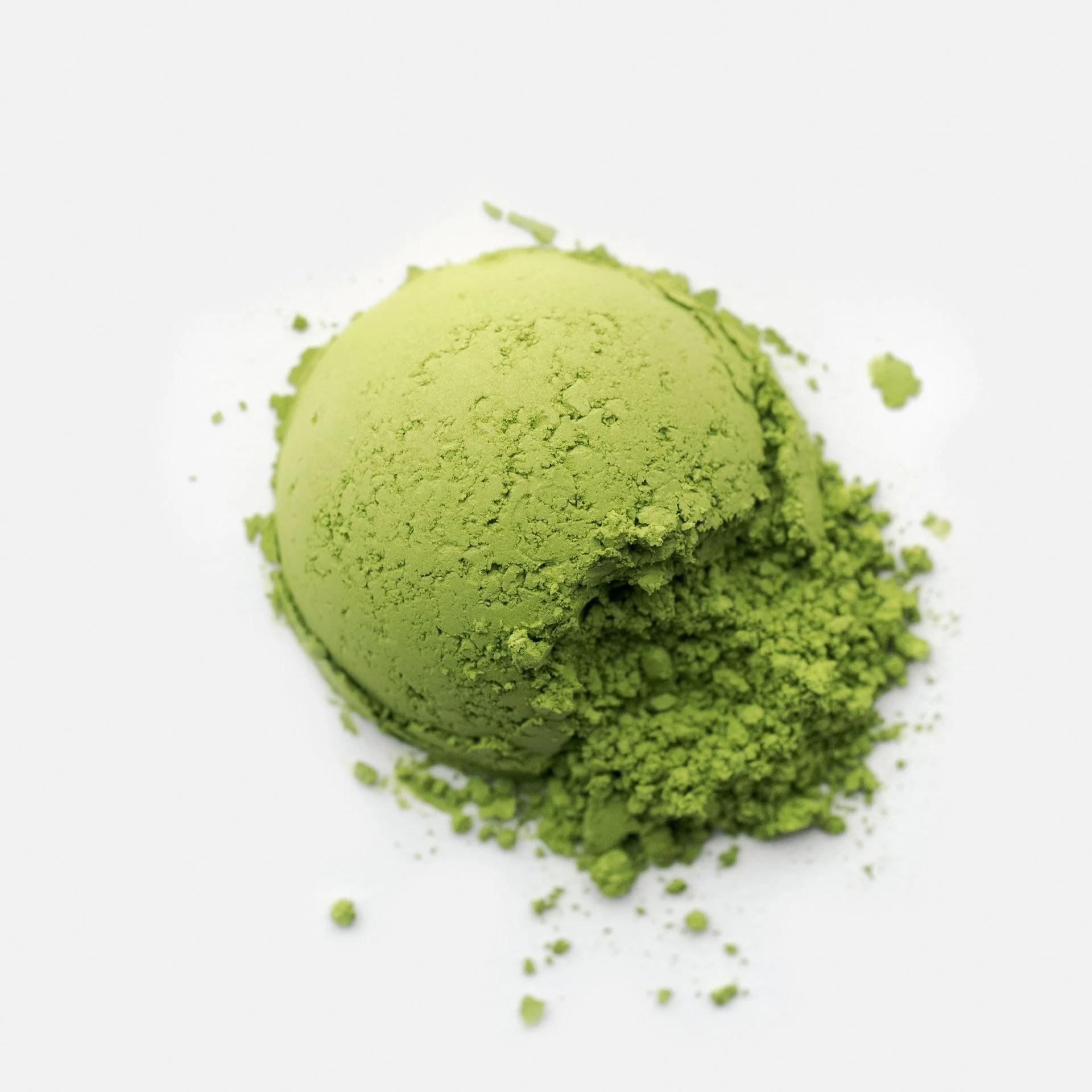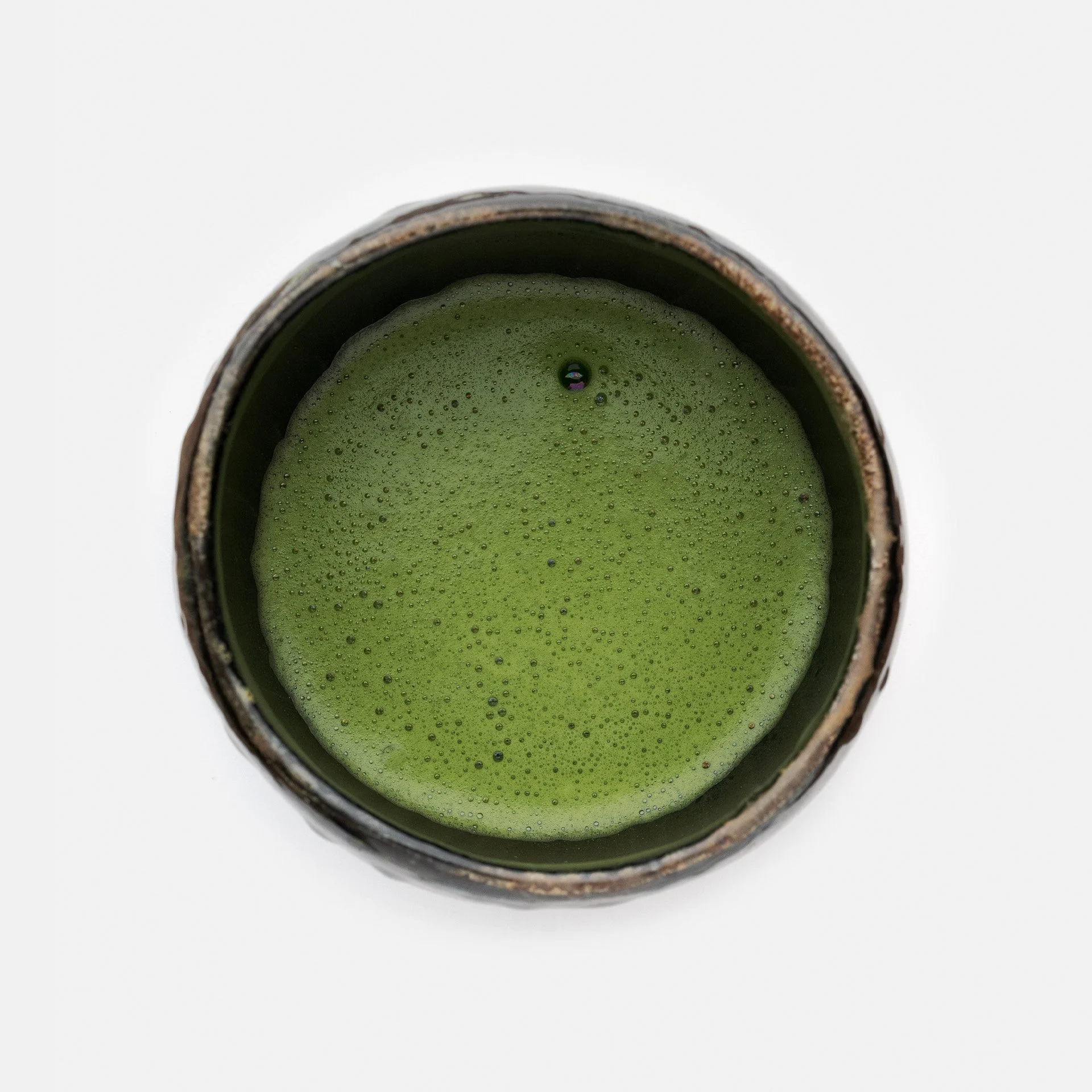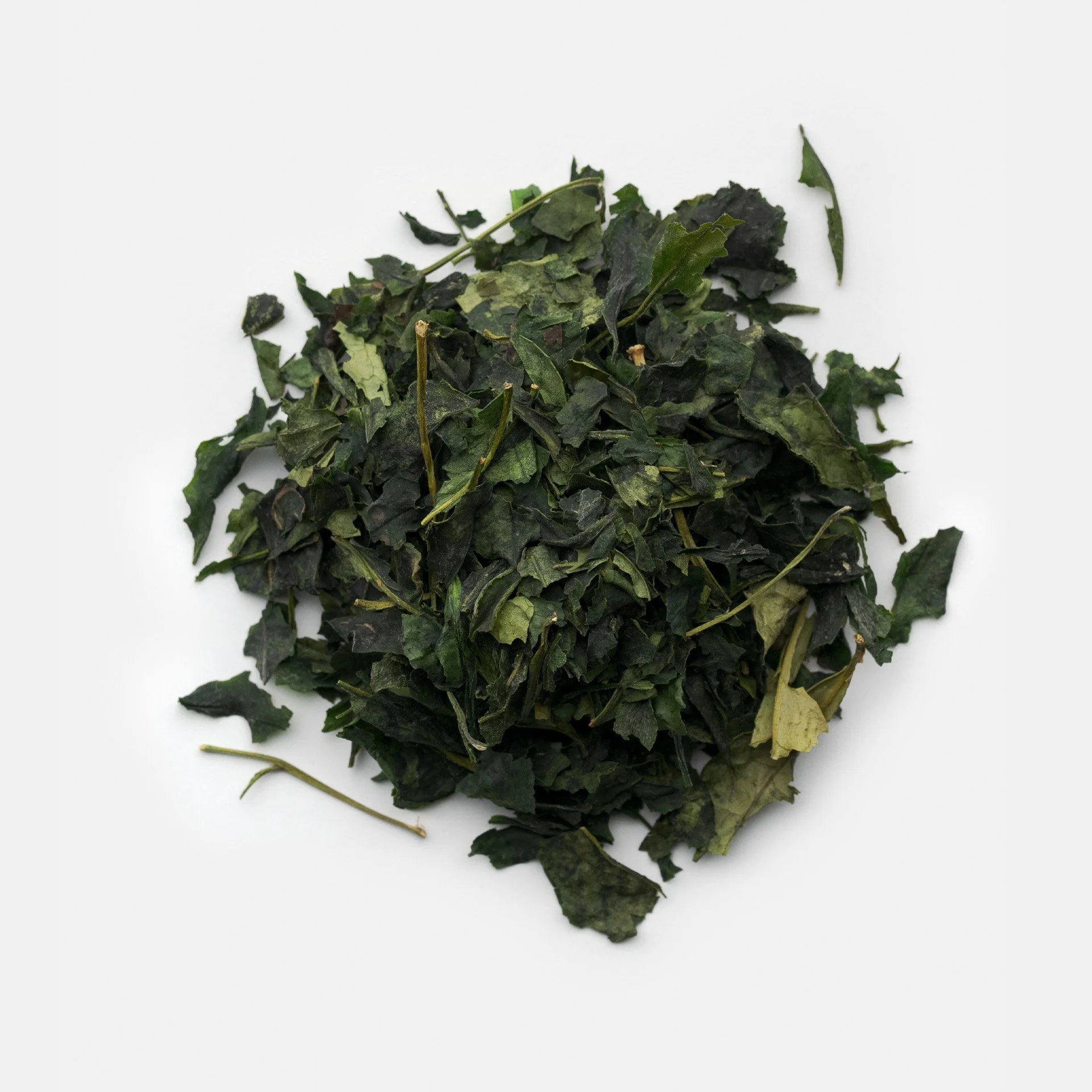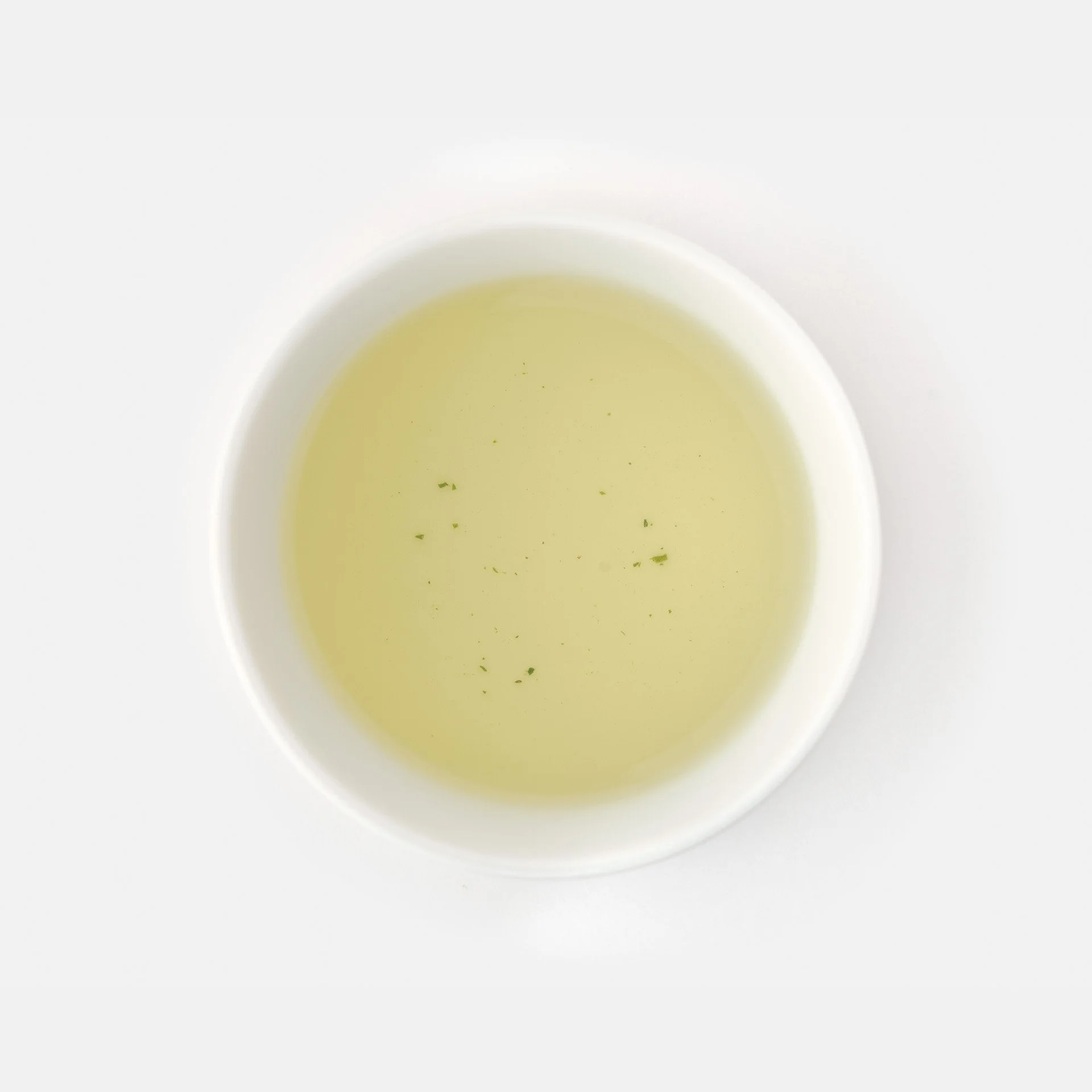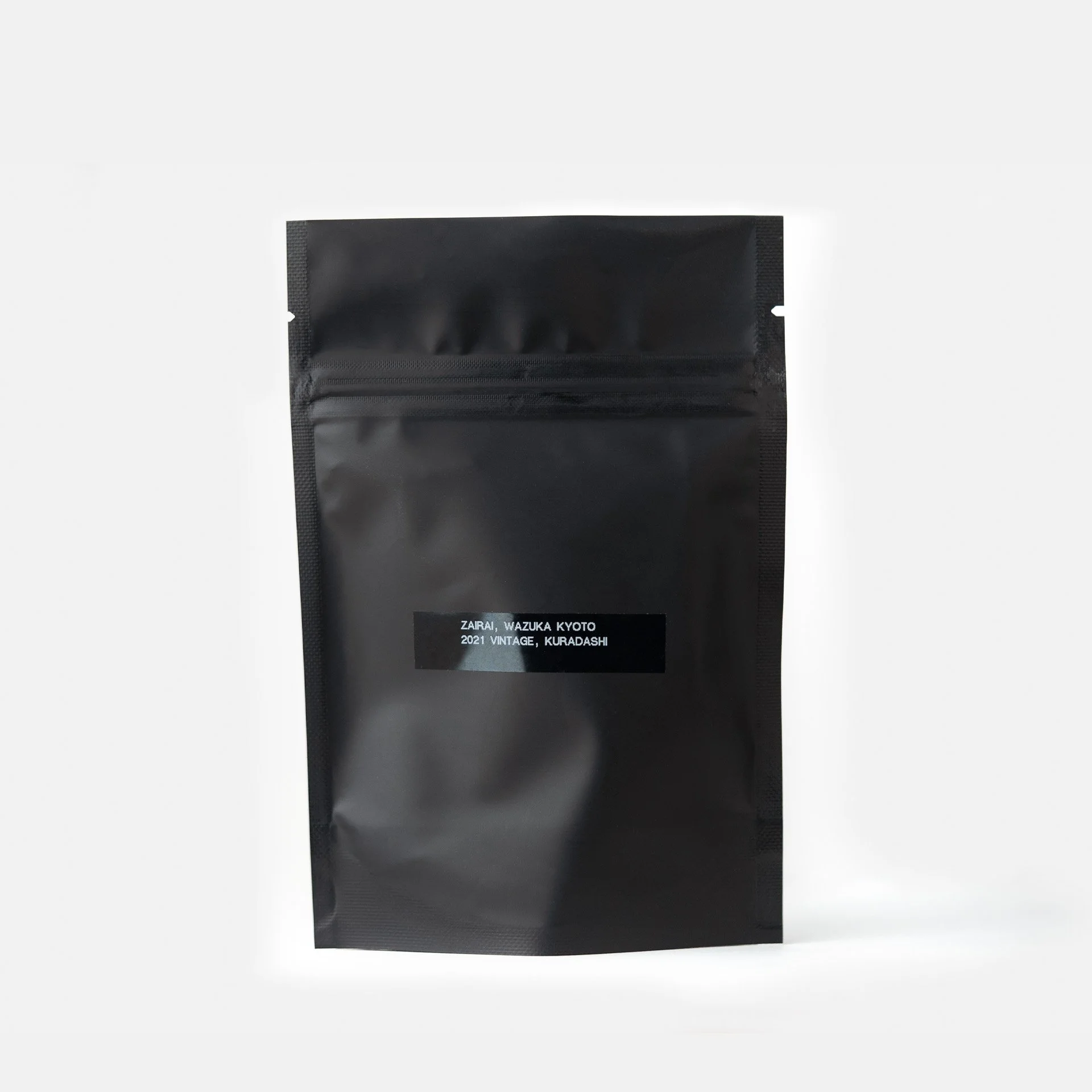Zairai Kuradashi Matcha (Matcha Mill Monthly)
The vast majority of the food we eat comes from asexual clones, known as cultivars. Be it blueberries, tomatoes, or tea. Why? Many reasons, including:
Cultivars have predictable farming times.
As all the plants bloom on the same day, harvest work can be predictably timed and staggered.
Cultivars also have predictable traits such as disease and pest residence.
Finally, there are consistent and expected flavors.
Heirlooms
Wild heirlooms are unpredictable. As every bush in the field is a unique individual, the harvest time and flavors will vary. Growing Heirloom tea is more labor-intensive and less economical, so it’s not all that common in tea production - be it Chinese or Japanese tea.
Yet heirloom tea is as nature intended: grown from seed. In terms of taste, Heirloom teas will be more layered and complex.
For July, I’m thrilled to present the Zairai Kuradashi Matcha (ground fresh in-house) from Heirloom bushes, known in Japanese as Zairai. You can experience the way Matcha would have been experienced hundreds of years ago before asexual cloning.
About this Zairai
This Zairai has a 21 day shading, and was Tana covered (curtains that are held by metal posts in the fields.) It’s from Wazuka in south Kyoto, harvested with a 2-person machine, and grown without any chemicals or pesticides. Vintage date is 2021, and it’s been aged under controlled temperatures - a practice known as Kuradashi.
Kuradashi tencha is aged usually a year or more in a granary, and is done to enhance the sweetness of the tea - as well as round out the body. Long-term aging is not too common, with shorter aging (known as Jukusei) more common, especially in Kyoto.
Tencha, Too
Also, one more surprise for you (which may be something I include in more Matcha Mill Monthly membership depending on your feedback?)...
The unground tencha used to make this Matcha. (Unground Matcha is known as tencha, and is an unrefined product that would never be sold, or shown, to the end consumer.) I’m doing this so you can experience the unrefined version of this tea before it’s ground into Matcha powder.
Brewing Tencha
Add 5 grams Tencha to a teapot, or Kyusu.
Pour 200ml 80°C water over the leaves.
Steep for 45 seconds, strain, drink.
When you taste it you’ll notice that the flavor is nothing like Matcha. It’s very light and airy. There’s a good reason for this though: because Tencha is meant to be ground in a mill the leaves are not crushed or rolled during production.
This means that the cell walls are not broken like with other green teas. When you steep it, very little flavor is able to escape the unbroken cellulose matrix. Of course, when you do grind it - the full gamut of aroma, taste and body is exposed.
More on Tencha
The Tencha also has veins, twigs, and off-colored leaves. To make Matcha, all of this material must be removed. To produce just 150 grams of Matcha, it takes me roughly 7 hours (a full work day) to pick all this out.
If you’re patient enough, you can try doing that as well. The process is meditative and brings you back to how Matcha was consumed in days gone by before automated processes.
Most Tencha comes pre-sorted (...to a degree, but some manual work is still required), but Tencha like this that comes from very small producers is not presorted and must be by the manufacturer (me.) Most manufacturers have larger sorting machines, I don’t!
Noteworthy
The Matcha this month is noteworthy for a few different reasons:
It’s Zairai.
It’s Kuradashi.
And it includes the unprocessed Tencha.
After you try this months Zairai, be sure to let us know your tasting notes on our website for this Matcha. Very excited to hear from you! Let me know if you like the idea of me including the Tencha.
Get Fresh Ground Matcha
The above was sent out (along with the Matcha and Tencha!) to our Matcha Mill Monthly members. When you join you’ll look forward to fresh, authentically stone-milled Matcha shipped directly to your door every month.
Along with educational materials, and access to exclusive grinding, discounts, and more. You can learn more by going to the Matcha Mill Monthly page, or clicking the button below.
Or you can just try the Kuradashi Zairai Matcha itself right here.

